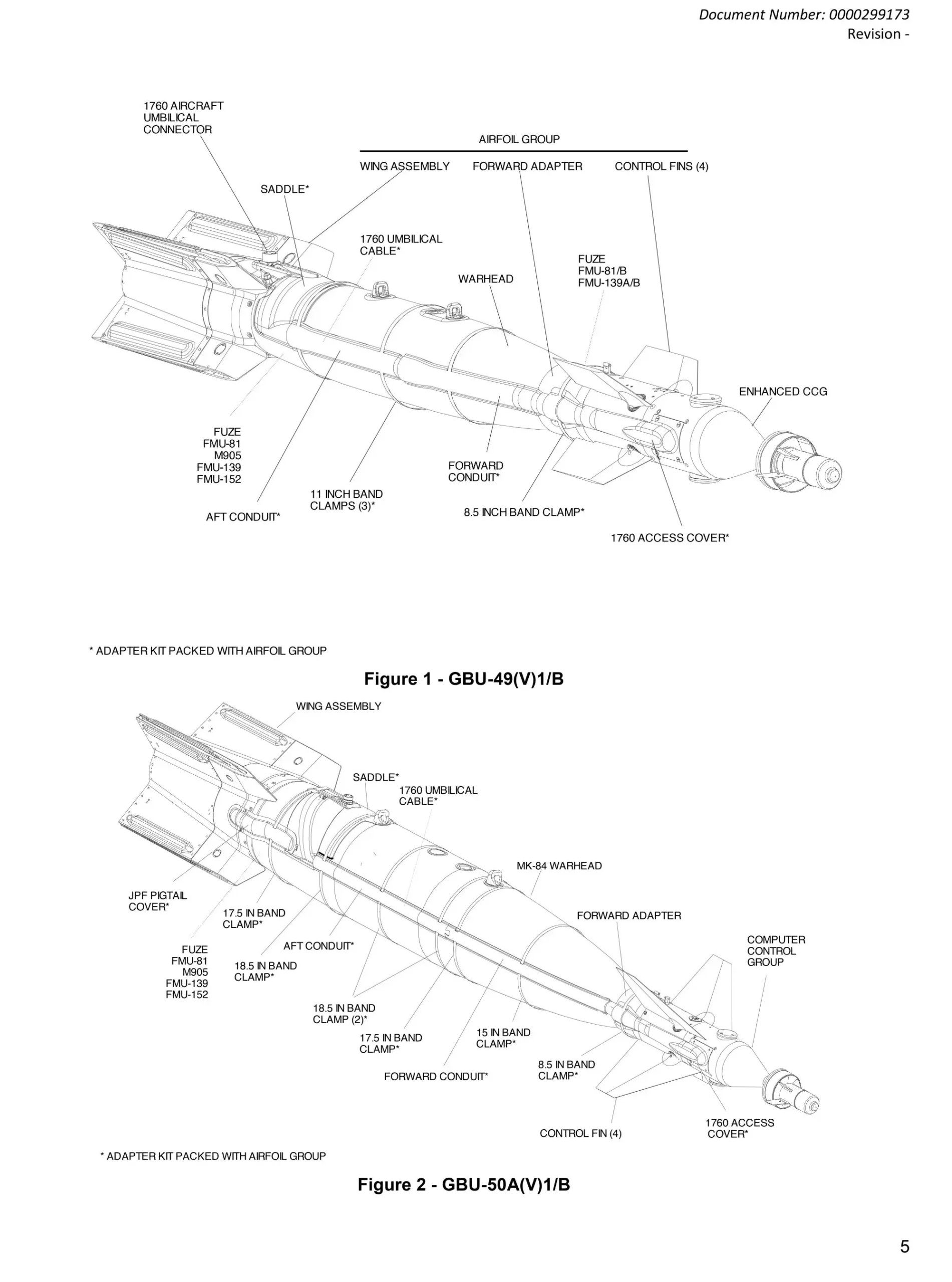10-7-2024 (BEIJING) Recently leaked documents, purported to contain technical information about the F-35 fighter jet and sensitive U.S. weapons, appear to be highly authentic, according to a Chinese information security expert. The documents, allegedly obtained by a user claiming to be a Russian pilot, have sparked widespread interest and speculation within military enthusiast circles.
The user, identifying themselves as Ivan Ivanov with the handle “Fighterbomber,” stated on the encrypted messaging service Telegram that they had received 250 gigabytes of U.S. military data from an American company. On July 2, Fighterbomber posted some of the documents to their channel, which has over 500,000 subscribers, before uploading more of the leaked data the following day. Some of the uploaded documents remain available for download.
“We downloaded and examined the files, much of this content appears to be highly authentic,” said Tang, the chief marketing officer of Beijing-based antivirus and network security firm Rising Information Technology, who requested to be referred to by his surname only. The leaked files include manuals for the F-35 jet, documents relating to the F-15 and its modifications and weapon systems, the Switchblade drone, and precision-guided missiles.
Tang noted, “The documents are detailed, and their format resembles other U.S. military information previously leaked online. However, these are not strictly blueprints or design documents, and their true value can only be assessed by professionals.”
The leaks have caused a stir among military enthusiasts and sparked humorous remarks about the ability to now build a fighter jet in a garage. Chinese aviation blogger Makayev analyzed the leaks on his video channel, categorizing them into three main types: flight manuals, maintenance manuals, and aircrew weapon delivery manuals for the F-15SA, a version sold to Saudi Arabia over a decade ago; engine maintenance manuals for the F110 engine used in the F-15SA; and user manuals for precision-guided missiles.
However, Makayev expressed skepticism about the leaked files’ true value, stating, “The most extensive document is an 800-page flight manual by Boeing, last revised in 2018, detailing various systems of the aircraft, preparation for flight, emergency operations, and operational limitations. Yet, these texts are more likely simplified introductions rather than detailed descriptions of the design processes, aimed at maintenance personnel rather than offering insights that could benefit China’s mature military aviation industry.”
Given Fighterbomber’s claim to possess 250 GB of data, other commenters speculated that more maintenance manuals and weapon designs might still be released, including some that could reveal potential weaknesses of the aircraft.

Tang suggested several possible sources for the leaks, including breaches from U.S. military companies or third parties posing as them. Some of the F-35 documents were partially redacted, which may indicate they were already declassified. The older F-15 model is subject to a lower level of official secrecy, according to Tang.
Emphasizing China’s robust data security measures, Tang stated that similar leaks were unlikely to occur in the country, thanks to its strong data security and confidentiality laws. “If security departments effectively implemented these policies, breaches could be well contained,” he said.
An anonymous expert from a military research institution in China confirmed that the institution conducts regular data security training and evaluations to ensure compliance with confidentiality obligations.
Rising Information Technology advised the public via a WeChat post not to download suspicious documents, warning that hackers could exploit popular events to spread viruses and that downloading malicious documents could result in users’ devices being infected by ransomware or Trojan virus infections.




